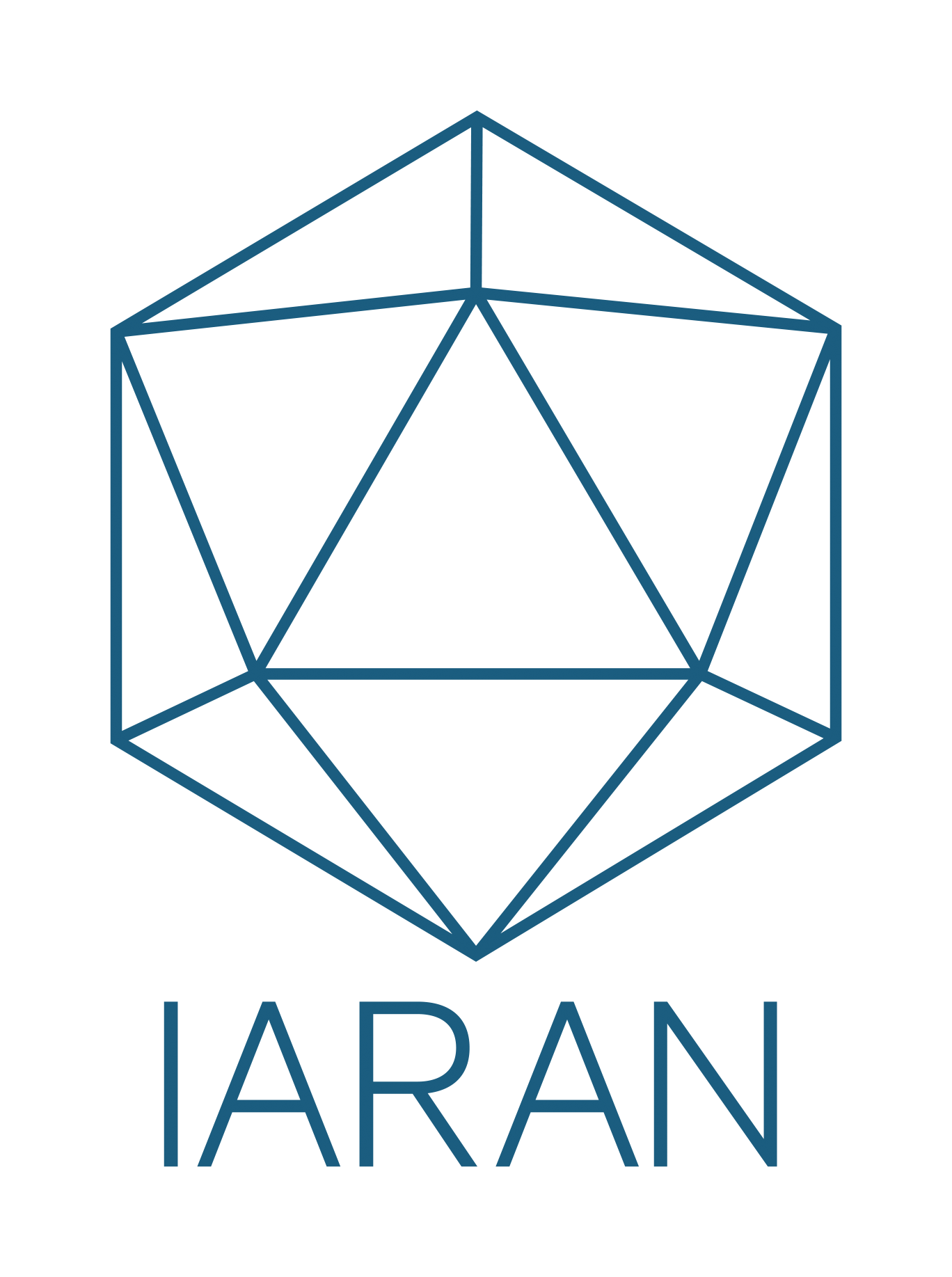$1 spent in preparedness saves $7 in humanitarian response[1]. Humanitarians working in disaster preparedness, early warning, and resilience building have all heard this before. Though it may satisfy public and private donors for reasons of accountability and a no-regrets approach to programming, we need to push past this statistic. What is the true value of pre-empting the future to humanitarian response?
In a context of shrinking budgets, and ever-worsening, never-ending crises, we ask ourselves how to become more effective. Our answer? Start with the future.
From flooding in Mali and Sri Lanka[2] to election violence in Burundi, NGOs investing in anticipation and preparedness have identified, localised, and prioritised vulnerable populations. In some instances, resilience-building mechanisms have been put in place to enable vulnerable populations to better weather the storm – e.g.: dredging out floodwater channels, rolling out sensitization programmes, and pre-positioning hygiene, shelter and medical kits to expectant mothers or health centres.
When this has been done in advance of a crisis, response down the line has been speedier and more effective. Even in scenarios where the anticipated disaster does not strike, the argument for strengthening vulnerable communities holds – as many of the disasters, especially the natural ones, reoccur on a seasonal basis. NGOs working to monitor the impact of these anticipatory projects are explaining time and again how preparedness saves money, time and lives.
That said, the anticipatory work done currently is relatively short term – 3 month windows are the most common, with some organisations planning 6 or 9 months ahead. That said, the anticipatory work done currently is relatively short term – 3 month windows are the most common, with some organisations planning 6 or 9 months ahead.
What happens when we scale up anticipation to 15 years? We know the answer because we[3] do it every day. We plan 1 to 15 years into the future (depending on context) and, crucially, prepare decision makers in NGOs for a number of possible futures. We then use these scenarios to build robust strategies at country, regional, and global level.
Early feedback suggests that thanks to our strategic planning process, operations are more flexible, adaptable, quicker to respond, and therefore cheaper in the contexts where the future has been pre-empted. Civil society actors, citizenship movements, and local NGO partnerships can be developed in anticipation of certain types of crises in order to save time and money later on. If directors identify a likely future crisis, they can integrate this risk into funding appeals and donor discussions. When disaster strikes, these plans are revived more quickly and effectively. NGOs will need to be strategic from the bottom-up.
We’re in the process of integrating existing short-term forecasts with our longer-term foresight model to ensure that across the humanitarian sector, NGOs are looking months and years ahead and in doing so save more lives, more quickly with less money.
We are at the brink of a truly transforming humanitarian programming, but change will be slow to permeate the sector. NGOs will need to be strategic from the bottom-up: on the ground, where contextual actors and dynamics drive programming as much as at the top, where leaders will need to be visionaries – courageous enough to fundamentally transform a mammoth humanitarian machine which hasn’t seen such change since its twentieth century shift towards secularism
[1] Watch UNDP’s excellent video on this statistic.
[2] Source: START Network Members
[3] We are the IARAN – Interagency Regional Analysts Network—find out more here about our pioneering approach to humanitarian foresight.

